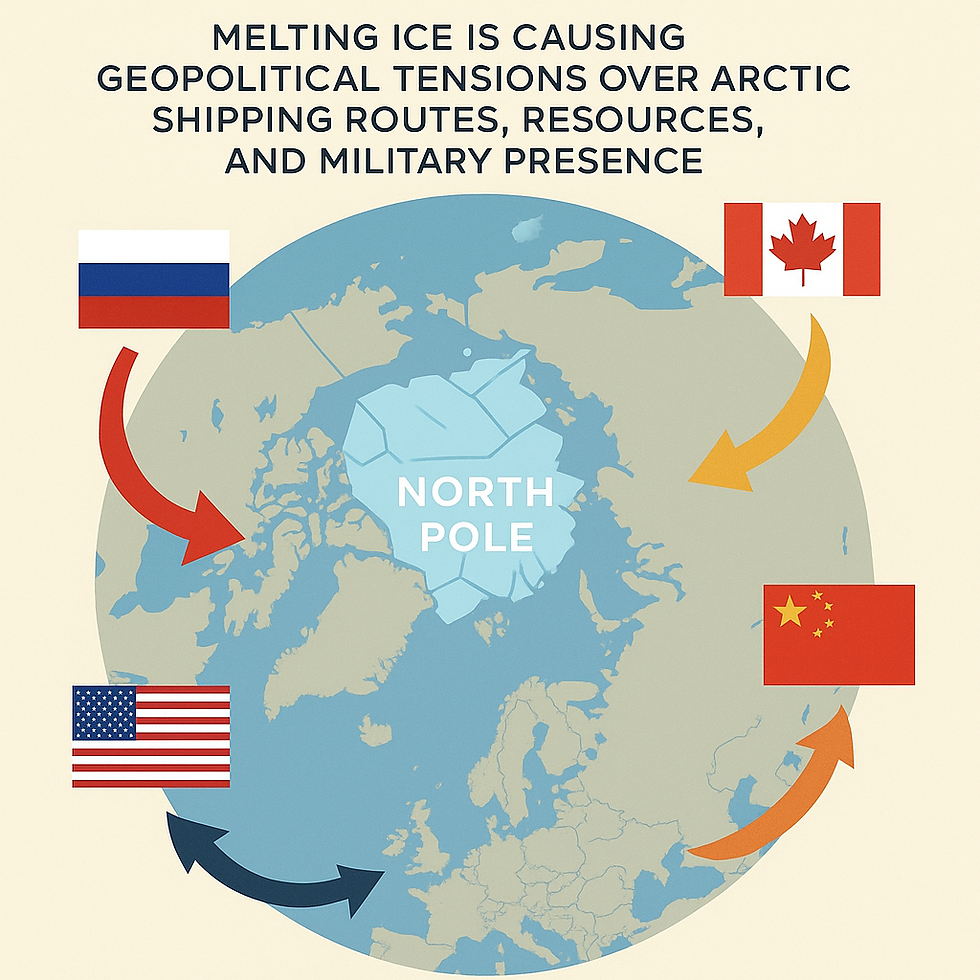🇮🇳 India’s Rise to the World’s 4th Largest Economy
- senal94
- Aug 3
- 4 min read

Strategic Lessons for All Nations from Crisis to Confidence
From standing on the brink of economic collapse in 1991 to becoming the world’s 4th largest economy in 2025, India’s journey is nothing short of historic. But this isn’t just India’s story, it’s a roadmap for every nation striving to overcome adversity, corruption, and inequality. This blog dives into the milestones, strategies, and visionary leadership that reshaped India, and offers practical lessons that any developing country can learn from.
🧨 From Crisis to Reform: The 1991 Turning Point
In 1991, India faced its worst post-independence economic crisis.
Foreign reserves had fallen below $1.2 billion, barely covering a few weeks of essential imports.
Inflation was soaring.
The nation was on the verge of default.
Faced with economic collapse, Prime Minister P. V. Narasimha Rao and Finance Minister Dr. Manmohan Singh unleashed a wave of liberalisation reforms. They deregulated industries, opened markets, and dismantled decades of protectionism.

🛣️ Infrastructure, IT, and Connectivity
The late 1990s and early 2000s marked India’s embrace of globalization under Prime Minister Atal Bihari Vajpayee. His tenure saw:
The Golden Quadrilateral highway project, connecting India’s four major metros
Expansion of telecommunications, laying the groundwork for the IT boom
India emerging as a world-class software services hub
These moves connected people and markets, driving productivity and inclusion.
🧠 Digital Public Infrastructure: India’s Secret Weapon
India’s real game-changer? Technology for governance.
In 2009, the launch of Aadhaar, the world’s largest biometric ID system, gave 1.3 billion people a unique identity.
Direct Benefit Transfers (DBT) eliminated middlemen and reduced welfare leakage.
Since 2014, DBT has saved India over ₹3.4 trillion ($41 billion).
In 2016, UPI revolutionised payments, now processing 18+ billion transactions a month.
Together, Aadhaar, UPI, and DBT form the backbone of India’s Digital Public Infrastructure, a model now studied and replicated worldwide.
🧭 Think Tanks Over Political Tug-of-War
In 2015, India replaced its Planning Commission with NITI Aayog, an expert-driven, non-partisan think tank focused on long-term development.
Alongside institutions like:
Centre for Policy Research
PRS Legislative Research
Centre for Monitoring Indian Economy (CMIE)
India built a data-driven policy ecosystem, insulated from political swings and anchored in evidence. This ensured policy continuity and attracted long-term global investment.
🏭 Manufacturing, Startups & Economic Acceleration
Under Prime Minister Narendra Modi, elected in 2014, India entered a phase of accelerated growth:
Make in India attracted global manufacturers like Apple, Samsung, and Tesla.
Startup India catalysed a boom in entrepreneurship, India now has over 120 unicorns.
Reforms in ease of doing business, corporate tax, and infrastructure unlocked massive FDI inflows.
Today, India ranks as the third-largest startup ecosystem, trailing only the U.S. and China.
📚 Human Capital, Youth & Cultural Unity
India’s long-term vision wasn’t just about GDP, it was about people.
Investments in primary education, later scaled into the National Education Policy (2020), emphasized critical thinking and digital skills.
Empowerment of youth through sports, arts, and innovation built a shared national identity.
Soft power, from Bollywood to cricket, connected India to the world and unified its own diverse population.
🌱 The Road to $7 Trillion: India’s 2030 Vision
India’s ambitions are just getting started. By 2030, the country aims to be a $7 trillion economy, led by:
Renewable energy & green hydrogen
Semiconductor manufacturing
Smart cities
AI and digital infrastructure
Climate diplomacy and South-South leadership
India is no longer just following the world, it’s shaping it.
🏛️ The Modi Era: Latest Contributions and Global Recognition
Under Prime Minister Narendra Modi’s third consecutive term, India continues to consolidate its position as a global economic and diplomatic powerhouse. His leadership has been marked by a clear focus on technology, green growth, and international influence.
Key Achievements (2024–2025):
🔋 National Green Hydrogen Mission Expansion
India launched Phase II of its Green Hydrogen Mission, aiming to produce over 5 million tonnes of green hydrogen annually by 2030, positioning India as a global leader in clean energy exports.
💻 IndiaAI Mission (2024)
A $1.2 billion initiative to develop sovereign AI models, support AI startups, and build compute infrastructure. India aims to become a global hub for ethical, inclusive AI development.
🌍 G20 Presidency Legacy
India’s 2023 G20 Presidency laid the foundation for long-term diplomatic influence. The formation of the Global Biofuel Alliance and the India-Middle East-Europe Economic Corridor (IMEC) reflect India’s growing clout in global partnerships.
🛰️ Chandrayaan-3 & ISRO Achievements
India became the first country to land a spacecraft near the Moon’s south pole, earning global respect in space exploration and boosting domestic STEM innovation.
🏙️ Digital India Act & Smart Cities Mission Upgrade
India introduced a comprehensive framework to regulate digital platforms and upgrade 100+ cities with smart governance, mobility, and green infrastructure.
🪙 Unified Payments Interface (UPI) Goes Global
By mid-2025, UPI is being adopted in countries like France, UAE, Singapore, and Sri Lanka, expanding India’s digital influence globally.
📈 Record Foreign Direct Investment (FDI)
India crossed $85 billion in FDI inflows in 2024, driven by continued reforms in manufacturing, logistics, and digital infrastructure.
📖 6 Strategic Lessons for All Nations
India’s success wasn’t accidental. It was designed, driven, and data-backed. Here’s what any nation can learn from it:
Crisis can catalyse change, if leaders are bold and visionary
Digital public infrastructure reduces corruption and empowers citizens
Non-partisan, expert-led policy creates stability and investor confidence
Ease of doing business fuels innovation and jobs
Investing in people builds long-term resilience
National vision must outlive political cycles
💡 Final Reflection: Destiny Is Designed
India’s transformation is a testament to what’s possible with the right leadership, policies, and mindset. Whether you’re a policymaker, entrepreneur, or citizen, the blueprint is clear: invest in people, embrace innovation, and never waste a crisis.




Comments